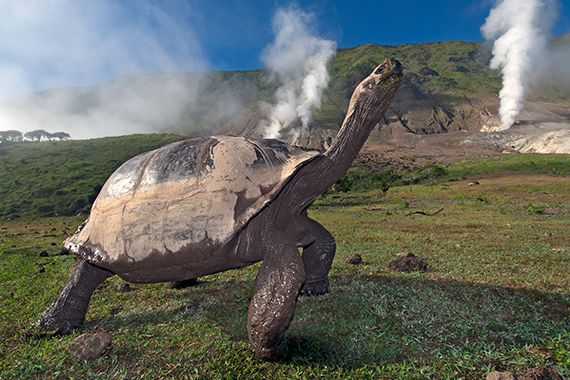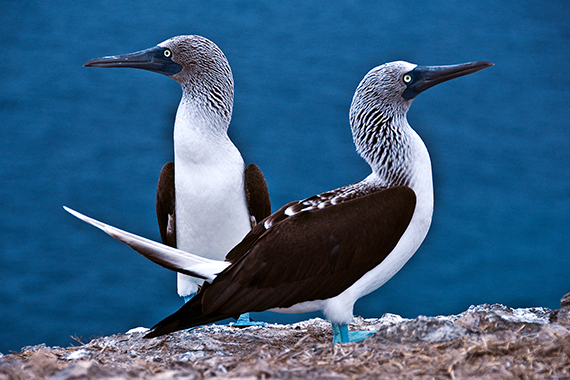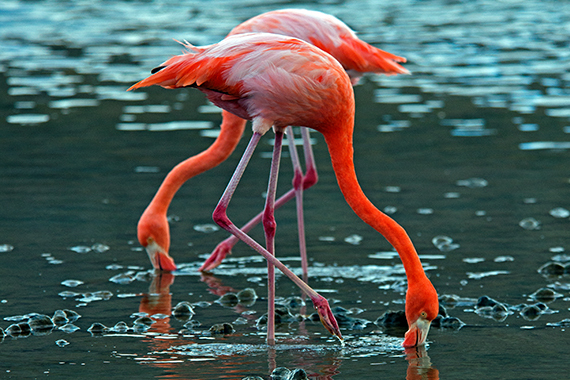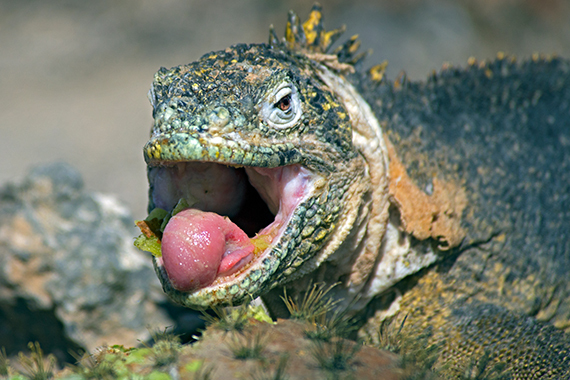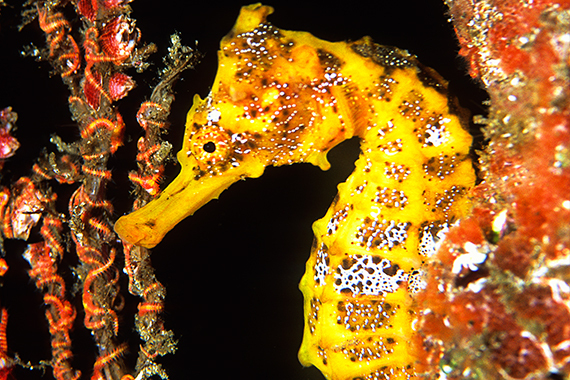Written By Kensington Tours Explorer-in-Residence Jonathan Green
Undoubtedly one of the most exciting wildlife and photography destinations on this beautiful planet of ours, Galapagos still retains that air of mystery that intrigues visitors no matter how well traveled they may be. I have spent over two decades photographing the flora, fauna and landscapes of these islands and on each trip discover new subjects and ways to capture them. I was recently asked to share some of my photo tips and the way that I "get the shot."
1. My first piece of advice is always STOP, LOOK and LISTEN before you start shooting. So many times I have seen photographers firing away in desperation before they have even considered what it is they are photographing or what is the result they are trying to achieve. A full assault of DSLR's sounding like a D-Day landing is not a good sign. You must understand your subject before you can capture it in an intimate fashion.
2. Look at the light. I believe that light is the single most fundamental element of an image. Generally speaking the best position for shooting is determined by standing with your back to the sun or light source. Open wide your arms to 180° and anything forward of your hands is in favorable light. There are exceptions to every rule but this will suffice for about 90 percent or more of your subjects.
3. Consider your composition in function of your desired image. You should have a clear idea of what you are achieve as the end result. You do not necessarily have to accomplish what you set out to capture but envisaging the photo before you take it will help you best understand how to approach the task.
4. As humans we tend to observe the world from a standing position. This is not how your subject views the world, unless of course you are photographing other people! When photographing wildlife try to get down low and photograph the subject from that level, or even lower. This takes the viewer into the world of the animal you are trying to portray, rather than just showing it from the human point of view. This makes for a more intimate and interesting shot.
5. Make a conscious effort to decide what you want to include in the frame and what is best left out. Often when I download my photos onto my computer for viewing I notice I have a bright spot, maybe a sunlit cloud, a guano spattered rock, in the background that detracts from the main subject. Frequently these can be eliminated from the frame simply by changing you shooting position or angle. Likewise you may find you have chopped off a piece of the subject, the foot, part of the wind or head. Try to include the whole animal in the frame unless you are specifically shooting close up.
6. Finally, be aware. No image should be achieved at the cost of the well-being of the animal or even the landscape. Do not walk on fragile vegetation or corals in shallow water if this is not advised. Do not approach wildlife too closely, for your safety and theirs... local guidelines exist in most wilderness areas, familiarize yourself with these basic rules and your photography will bring its just rewards.
With over 25 years as a naturalist, diver and photographer, Green's work in Galapagos and the Antarctic has received global acclaim. A graduate of the University of London with a BSc in Combined Sciences, his love for marine life took him to Ecuador where he trained as a naturalist with the Galapagos National Park and worked at the Charles Darwin Research Station. Green has been published in Time Magazine, BBC Wildlife Magazine, The Royal Geographical Magazine, and exhibited at the Natural History Museum of London and others across the world. He is a current Fellow of the Royal Geographical Society of London, The Explorers Club and Kensington Tours Explorer-In-Residence

